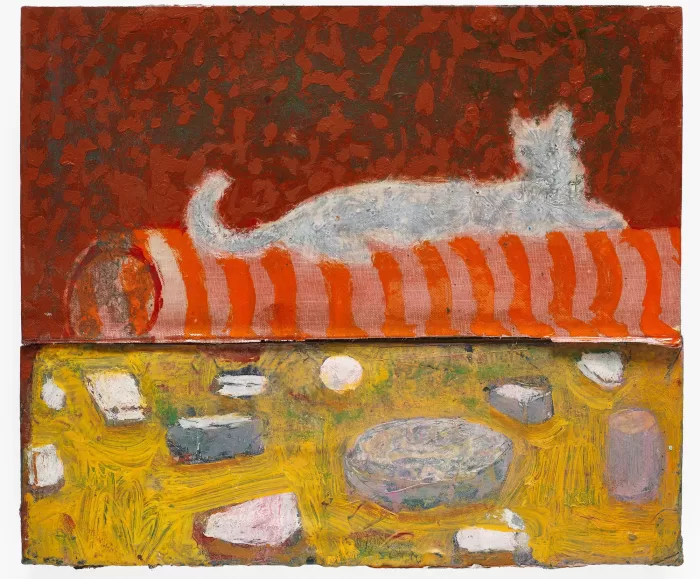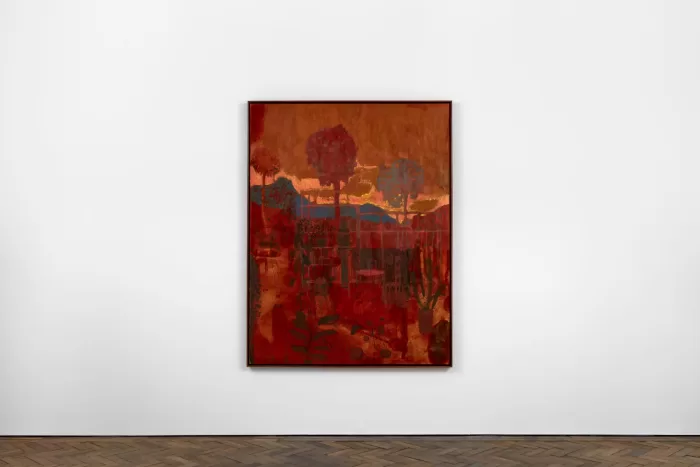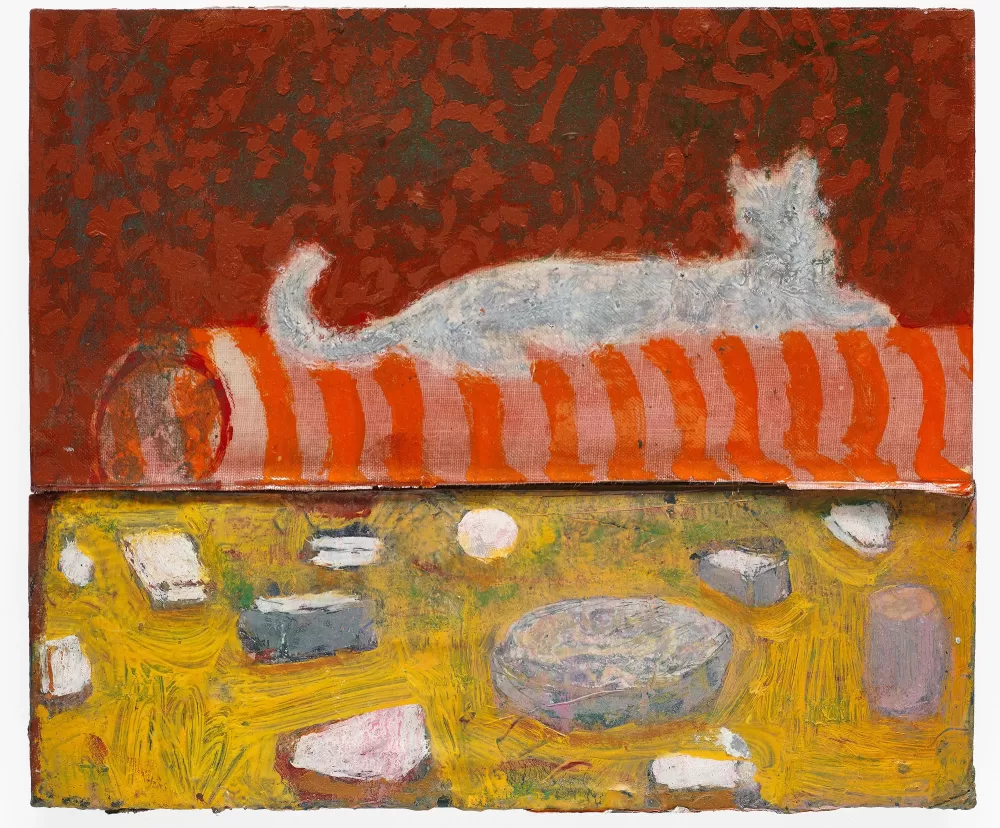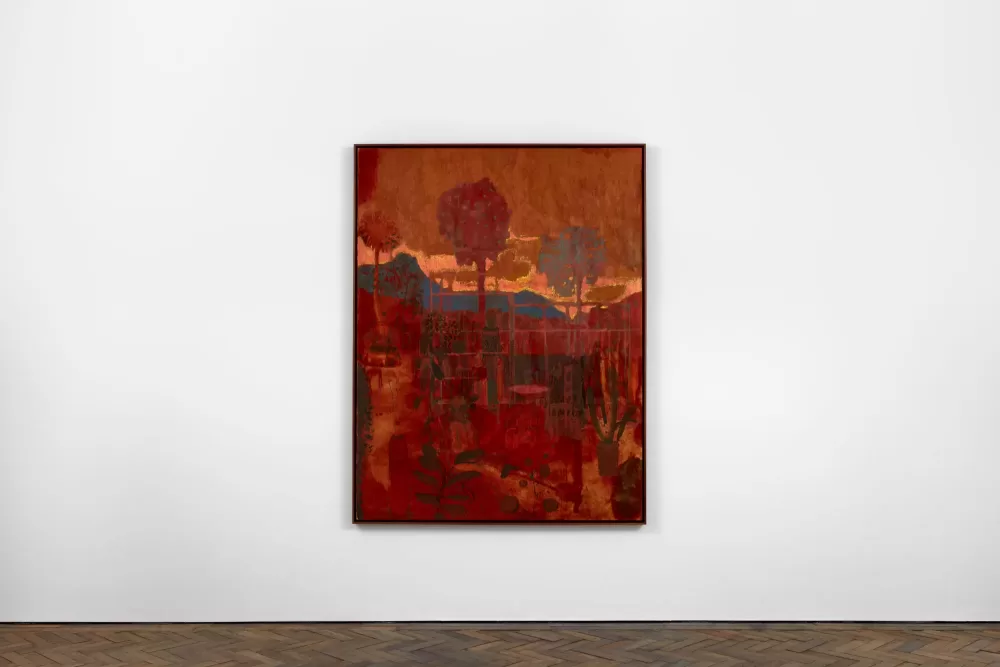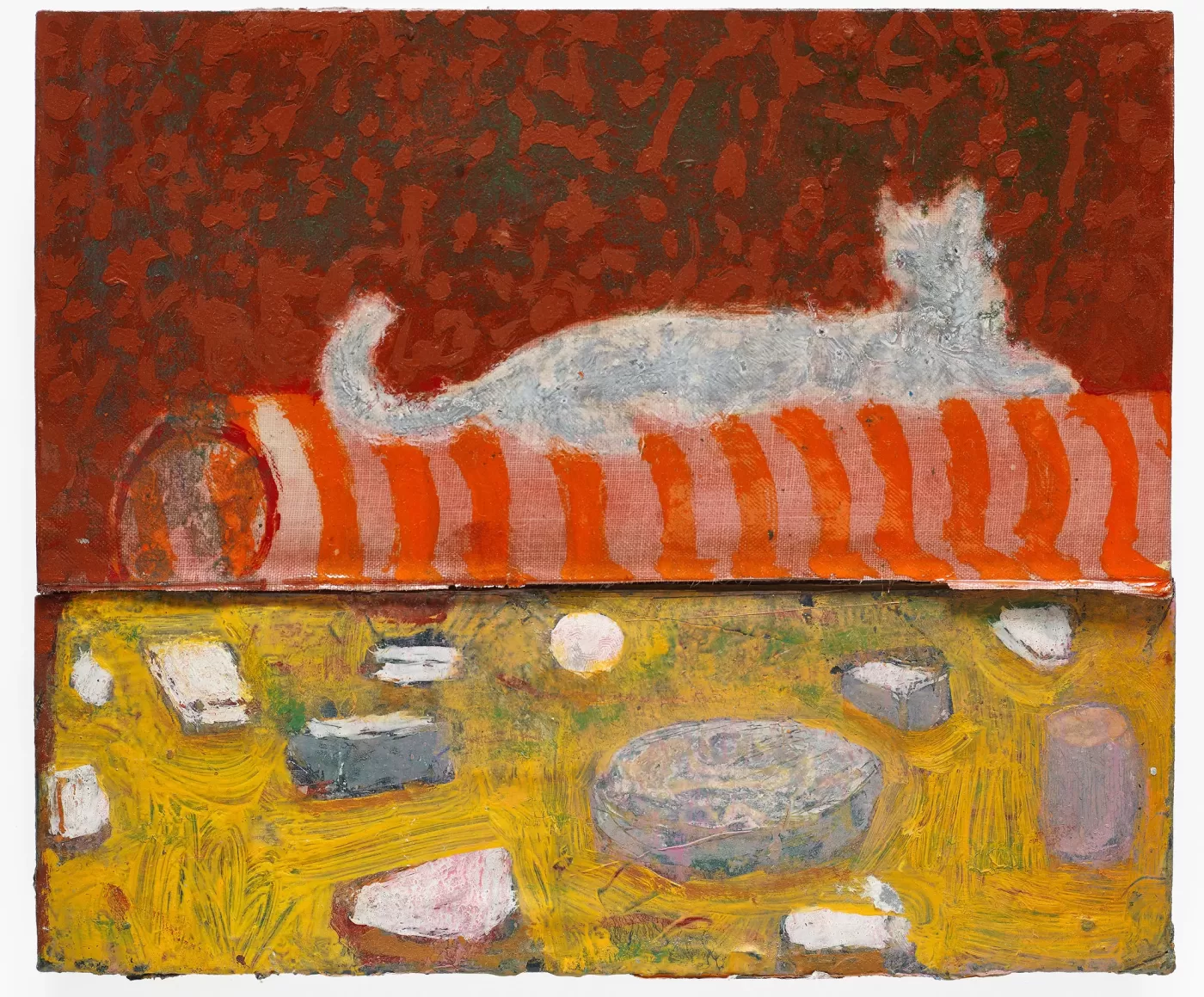Andrew Cranston on “destroying one thing to create another”
7 min read
The Scottish painter’s enchanting interior scenes will go on show at the Hepworth Wakefield on 25th November
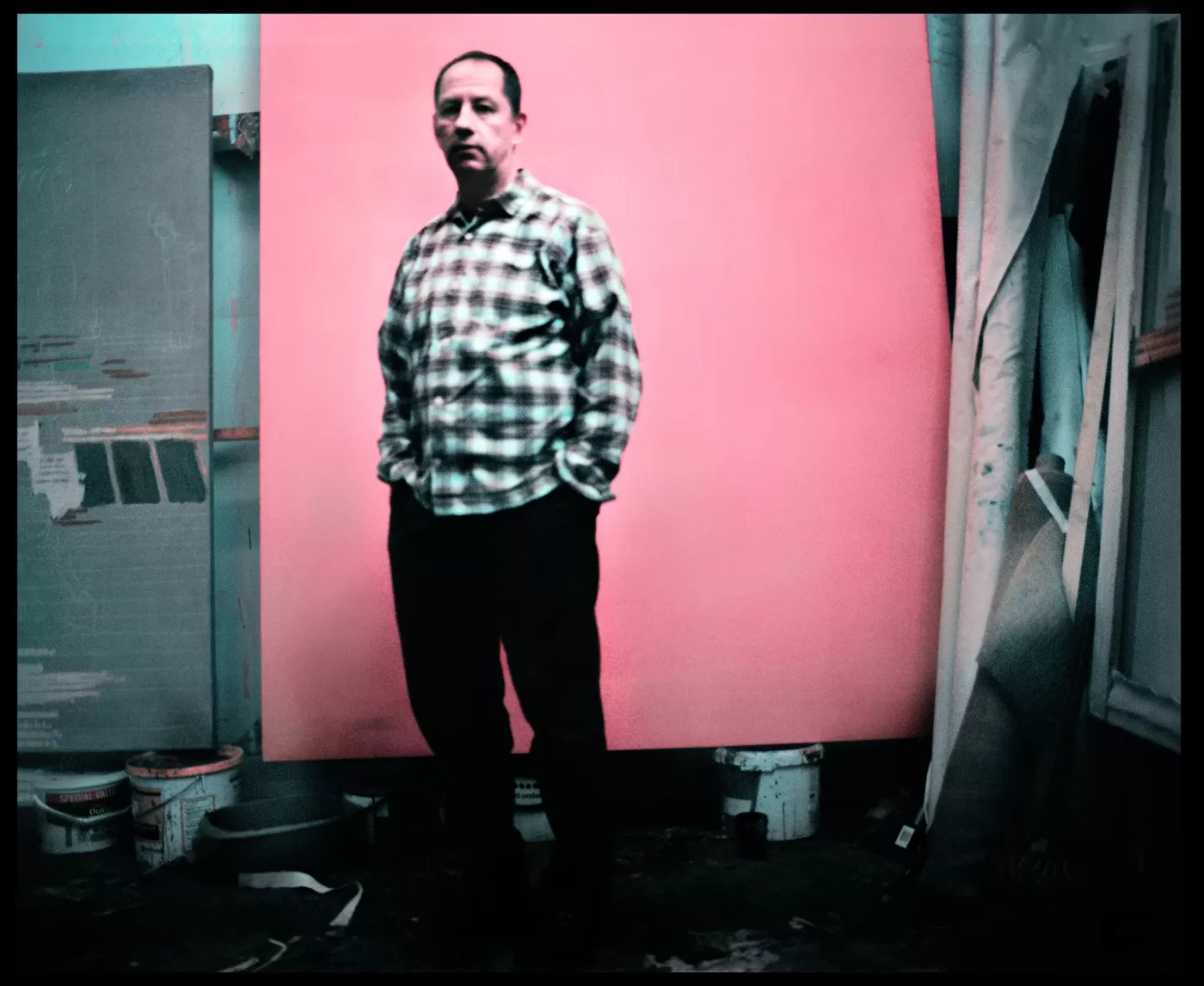
Andrew Cranston in his studio photographed by Kyle Crooks
At 54, Andrew Cranston, like many artists his senior (Phyllida Barlow, Lubaina Himid, Mark Rothko among them) gained global recognition after turning 40. His pivotal moment came in 2016, when at 48, Ingleby gallery in Edinburgh invited him for a solo exhibition. ‘Paintings from a room’ comprised nine palm-sized paintings on wooden boards, their intimate scale and impressionistic dexterity, both distinguishing attributes that still characterise his work today. But it was the years spent grafting away in his studio, exhibiting in artist-run galleries while juggling life as a teacher which determined his path. When we spoke via Zoom, Cranston in his Glasgow studio, the artist noted. “I was much more defined by the struggles when there wasn’t an audience”. These were his formative years of discovery, as he admits he’s always been a “natural experimenter of materials”. Now, seven years on, having since speedily gained representation from a trio of international eminent galleries, Ingleby, Karma and Modern Art, his next landmark foray is a first institutional exhibition at Hepworth Wakefield, germanely titled ‘What made you stop here?’.
The exhibition is made up of 38 paintings on loan from private collections across the UK; Cranston observes that on seeing them for the first time in five years “it’s almost like somebody else made them”. He likens finding mystery in the familiar to a verse from a hit by post-punk band, The Fall: “You don’t have to be strange to be strange, you don’t have to be weird to be weird”. Cranston is a diarist and avid reader, noticing how a repeated word becomes alien the more it’s said. His sense of detachment from previous paintings exposes the inevitable mystery and fragility he continually seeks out.
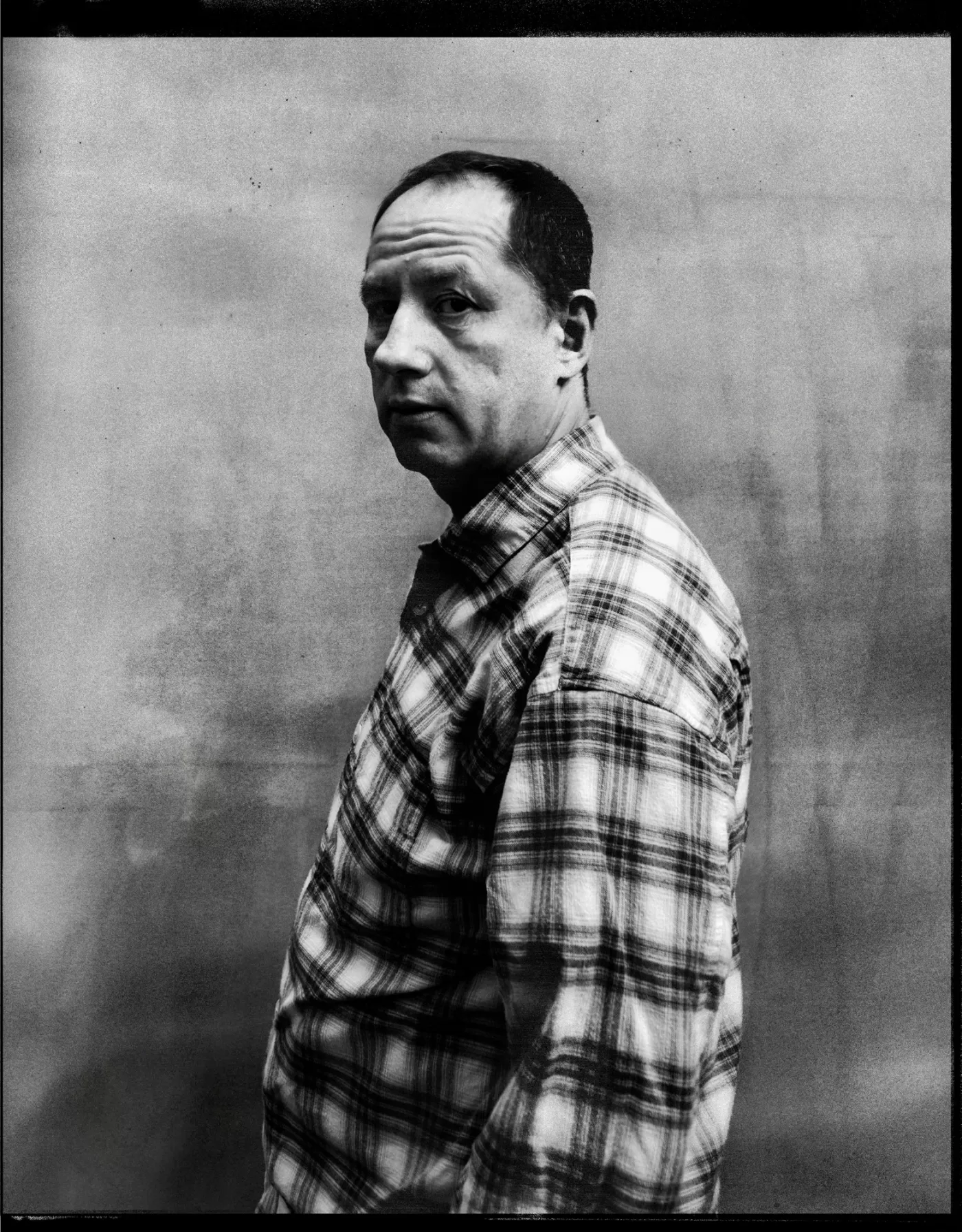
Cranston in his studio photographed by Kyle Crooks
Often based on initial observations, his raconteur impulses transcend the paintings beyond familiarity, with various figures and animals often reappearing from one painting to the next. Similar to the spectral appearance of life in painter Édouard Vuillard’s compositions, Cranston is “moved by characters that are barely there” as he, like Vuillard, uses distemper paint by mixing raw pigment with the same rabbit-skin glue applied as a primer. Akin to the process of etching, he notes that it’s a medium that “leads you to a negative space quicker because you have to work backwards”. He’ll slowly move across a number of paintings at once, applying each mixed colour individually.
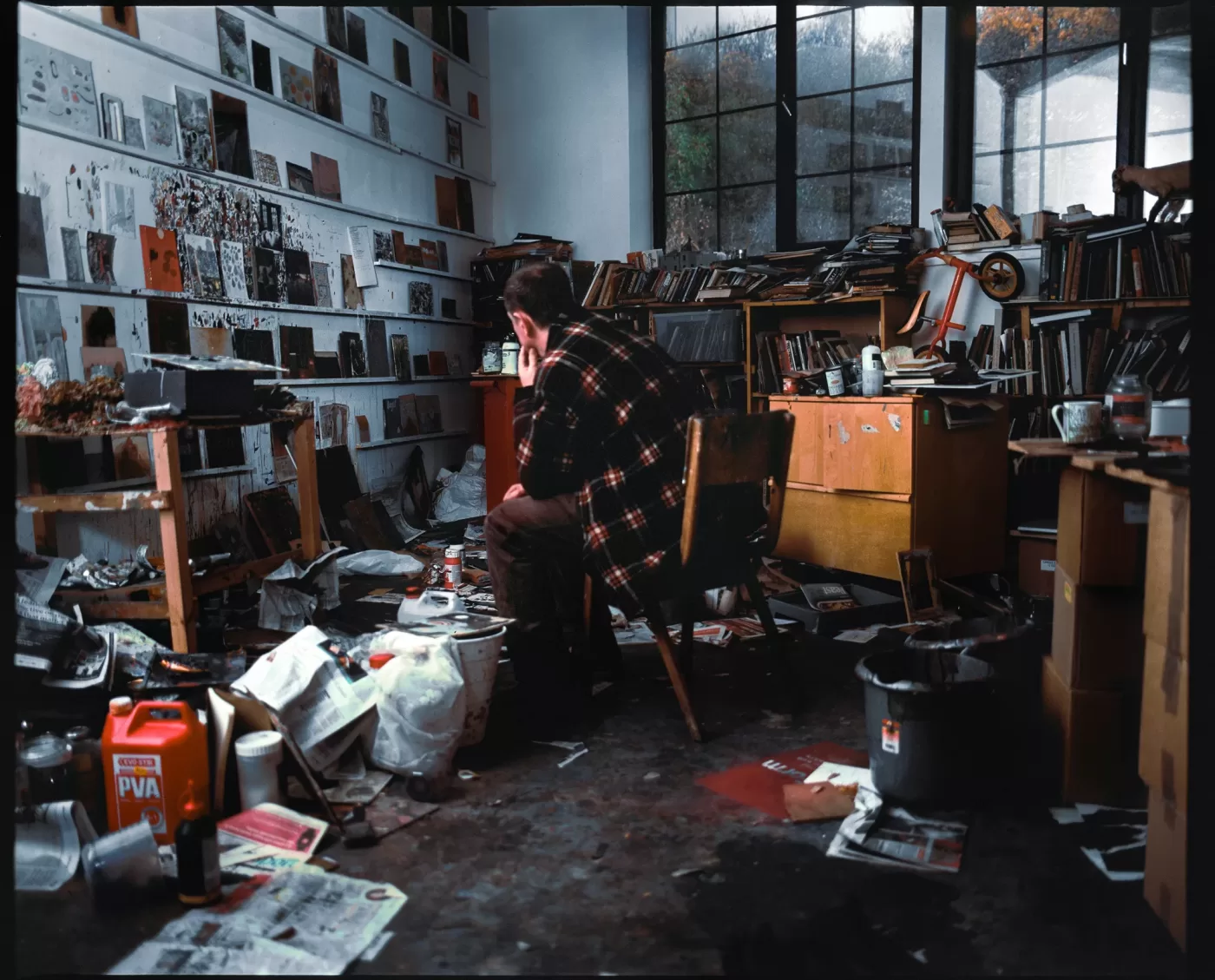
Cranston in his studio photographed by Kyle Crooks
He commends the efficiency of painters like Giorgio Morandi who spent a career observing the same assortments of ceramic vessels, claiming he’s ”a hero and anti-hero of painting for his seemingly unheroic tendencies”. Cranston’s subjects are also repetitive in their focus, most scenes occupied by a formula of curious animals and homespun interiors with stretching vistas behind. Although he doesn’t have pets, he discusses how highly aware he is of animals, noticing that, like humans, they’re “beings with a perspective and their own mysteries”.
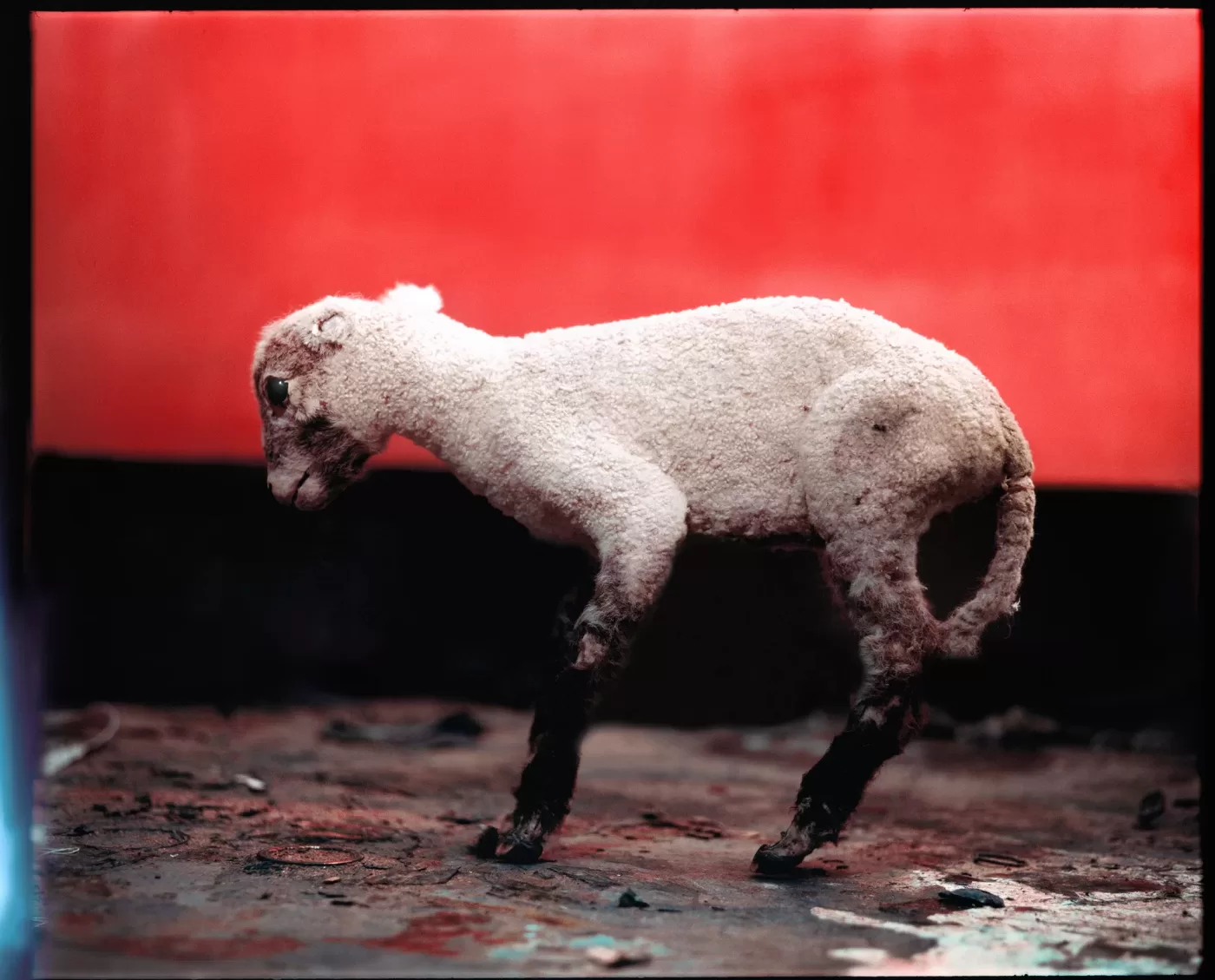
Detail from Cranston’s studio photographed by Kyle Crooks
Working across varying scales means he has the freedom to skitter between larger canvases alongside his ongoing fascination for painting on book covers. All are accumulated from Cranston’s various pilgrimages to Voltaire & Rousseau, a bookshop in Glasgow founded by three brothers famed for their heaps of stacked books which their cat, Coco, perches on. Cranston always limits himself to the £1 section; when dissecting his chosen books, Cranston channels all his punk-like impulses by, in his words, “destroying one thing to create another”. He was initially drawn to the covers’ formal attributes – their intimate size, bleached colouring and worn surfaces suiting his ladened painterly visions. But having worked on them repeatedly since, he’s come to notice how uncannily similar the production of books and painting canvases are – both requiring firm tension and glue to prime them into shape.
4 photos
View gallery
1 of 4
He recalls a quote by art critic Clement Greenberg: “If you want to change your work, change your methods.” But it’s precisely Cranston’s Morandi-inspired intrigue that distinguishes him as an important painter of our time. He’s modest about his achievements, preaching that “painting is an ongoing process” that takes turns, but that “changes in style are sometimes so invisible”’. ‘What made you stop here?’ at Hepworth Wakefield is a panoramic sweep across these transitions, over five short years.
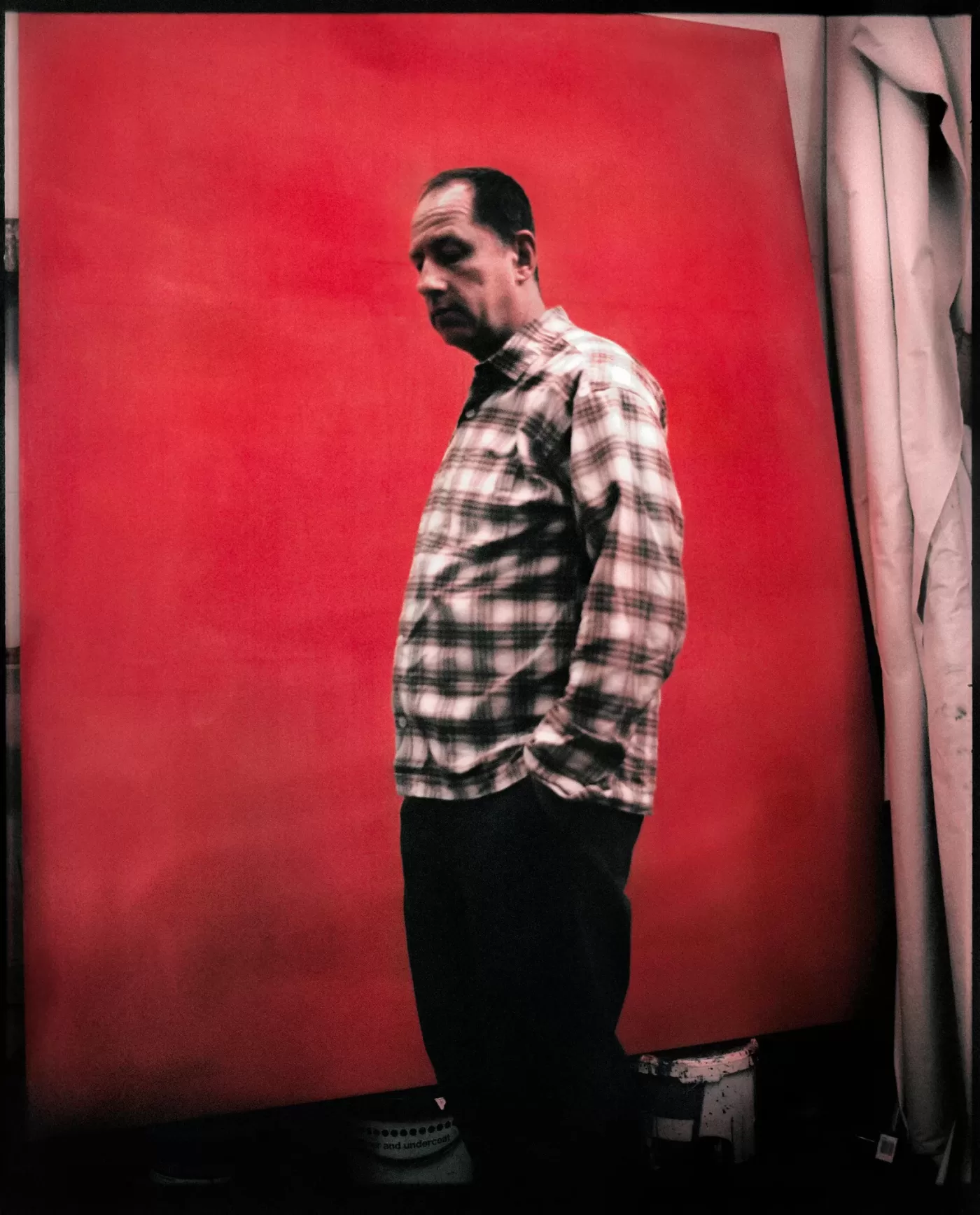
Cranston photographed by Kyle Crooks
‘What made you stop here?’, runs at the Hepworth Wakefield from 25th November 2023 – 2nd June 2024. hepworthwakefield.org

